Researchers at a leading institution have successfully developed a novel enzyme that can break down polyurethane, a type of polymer commonly used in foam cushioning and other products. The breakthrough was made possible by the use of sophisticated protein design tools, which enabled the team to create an enzyme that is compatible with industrial-style recycling processes.
According to Dr. Maria Rodriguez, lead researcher on the project, "Our team has been working on developing enzymes that can break down different types of plastics, and this is a significant step forward. The new enzyme is capable of breaking down polyurethane into its basic building blocks, which can then be used to form fresh polyurethane."
The development of this enzyme has significant implications for the recycling industry, as it could potentially enable the widespread recycling of polyurethane-based products. Currently, polyurethane is one of the most difficult types of plastic to recycle, and it often ends up in landfills or oceans.
The researchers used artificial intelligence (AI) and machine learning algorithms to design the enzyme, which was then tested in a laboratory setting. The results showed that the enzyme was highly effective at breaking down polyurethane, with a high degree of specificity and efficiency.
The use of AI in protein design is a relatively new field, but it has shown great promise in recent years. By using machine learning algorithms to analyze large datasets of protein structures and functions, researchers can identify patterns and relationships that would be difficult or impossible to detect by hand.
The development of this enzyme is also significant because it highlights the potential of biotechnology to address some of the world's most pressing environmental challenges. As Dr. Rodriguez noted, "Biotechnology has the potential to revolutionize the way we approach waste management and recycling. By developing enzymes that can break down different types of plastics, we can create new opportunities for recycling and reduce the amount of waste that ends up in landfills and oceans."
The researchers are now working to scale up the production of the enzyme and to test its effectiveness in real-world recycling settings. They are also exploring the potential applications of the enzyme in other areas, such as biodegradable plastics and sustainable materials.
In related news, the US Environmental Protection Agency (EPA) has announced plans to invest in research and development of new biodegradable plastics and recycling technologies. The agency has identified biotechnology as a key area of focus for addressing plastic pollution and promoting sustainable waste management practices.
The development of this enzyme is a significant step forward in the fight against plastic pollution, and it highlights the potential of biotechnology to create new solutions to some of the world's most pressing environmental challenges. As the researchers continue to work on scaling up the production of the enzyme and testing its effectiveness in real-world settings, it will be interesting to see how this technology evolves and is applied in the years to come.
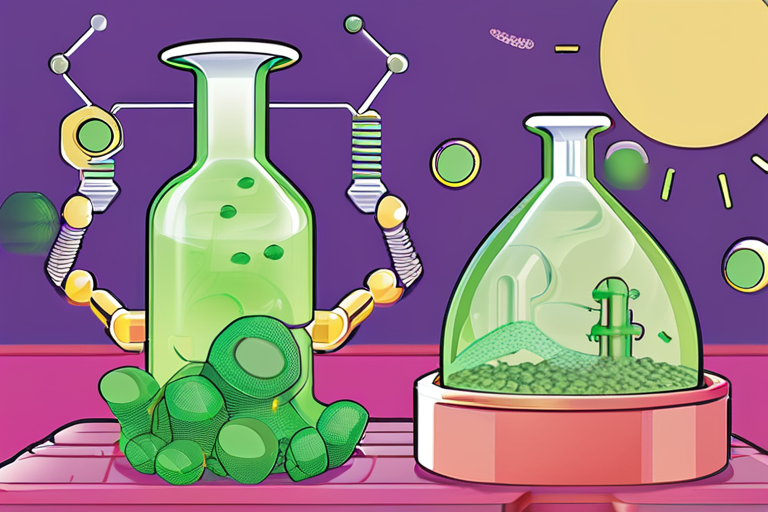



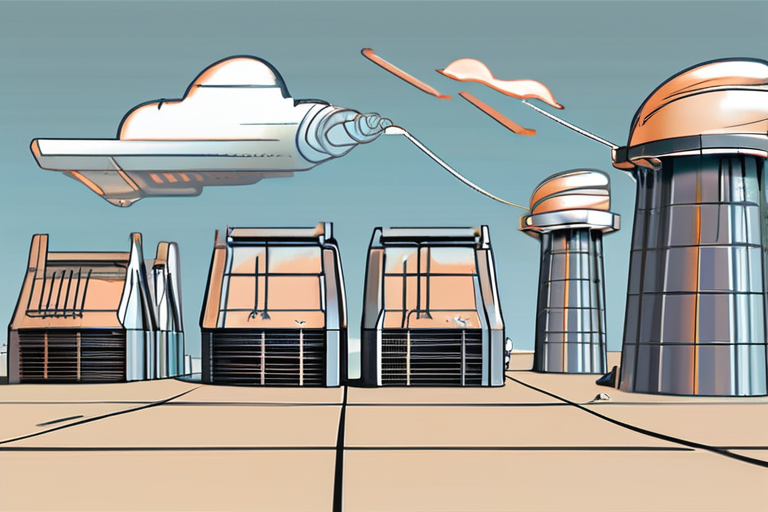

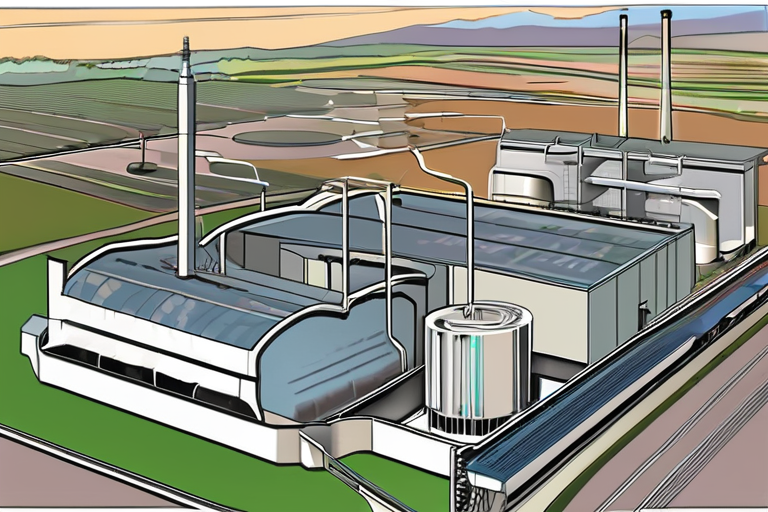

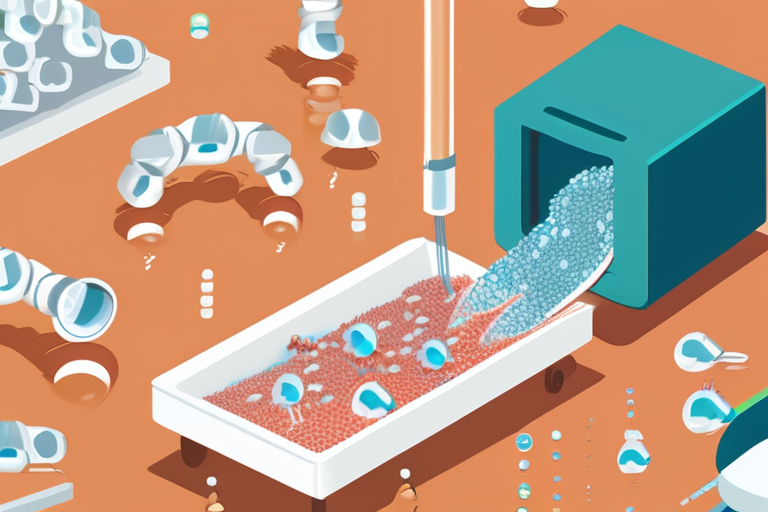
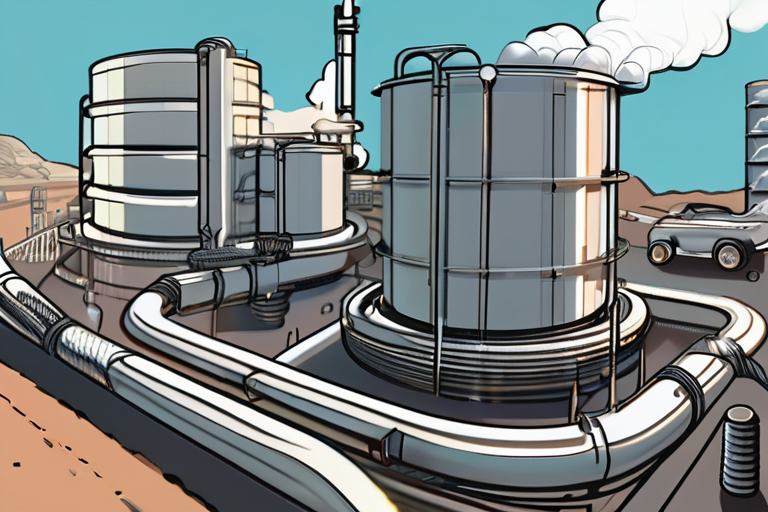
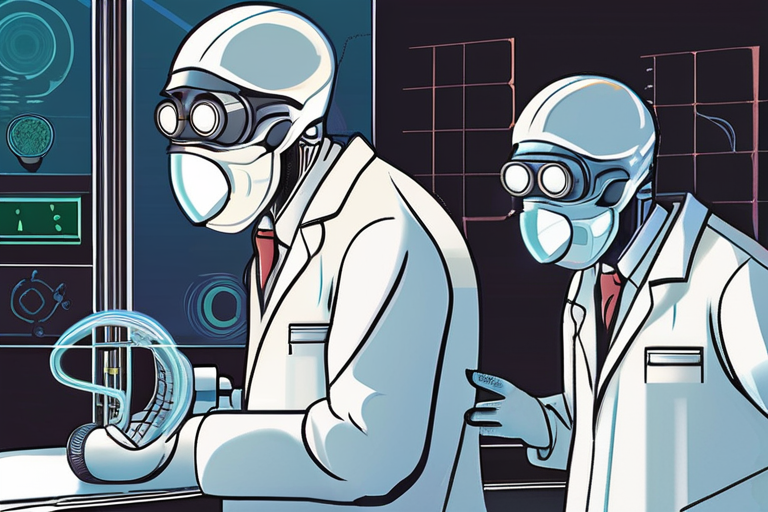

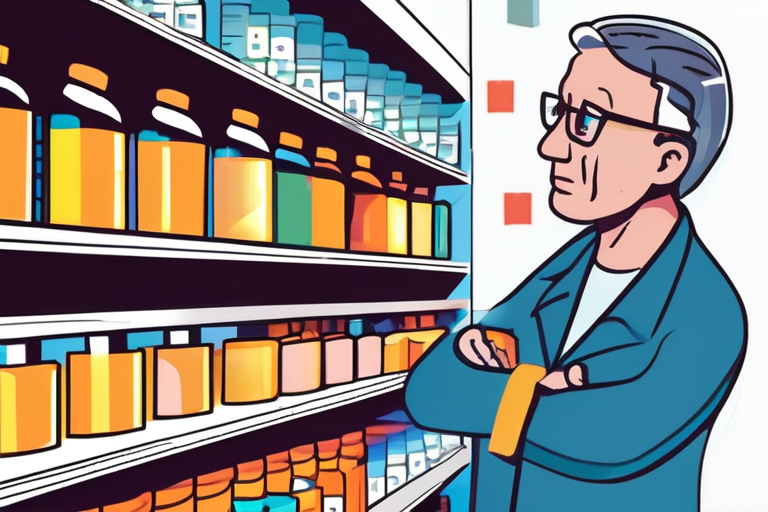

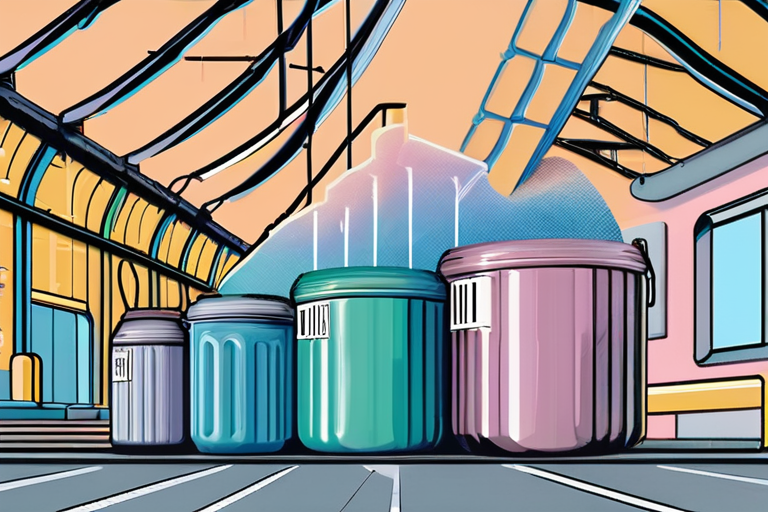


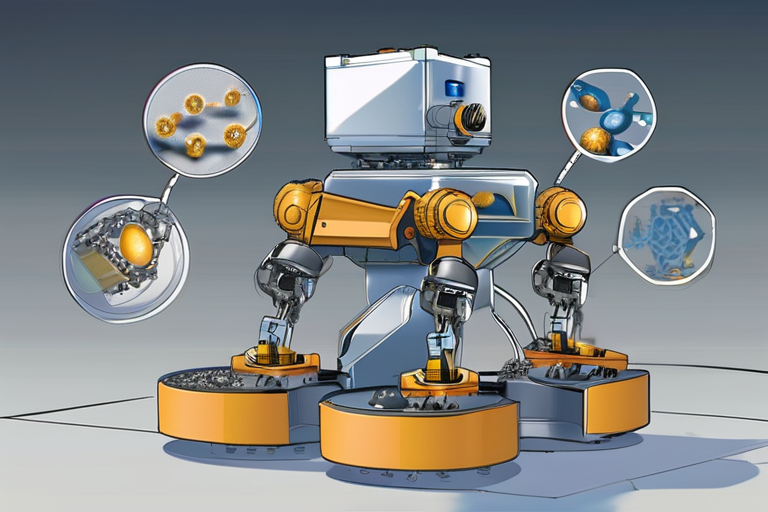






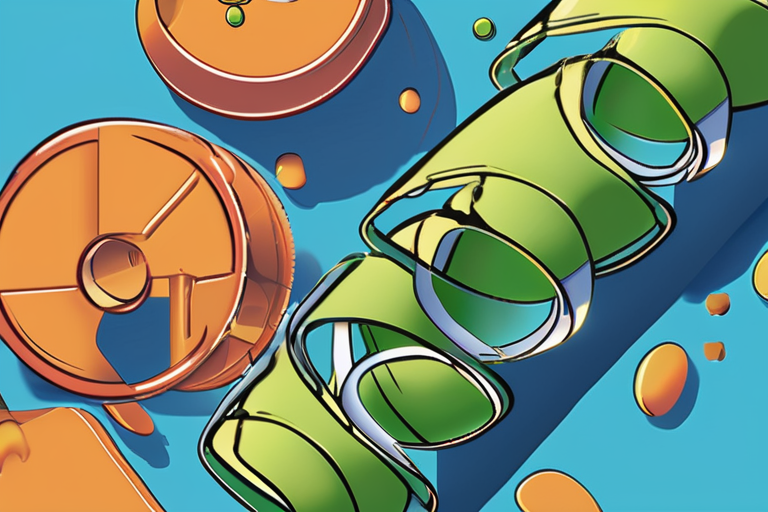
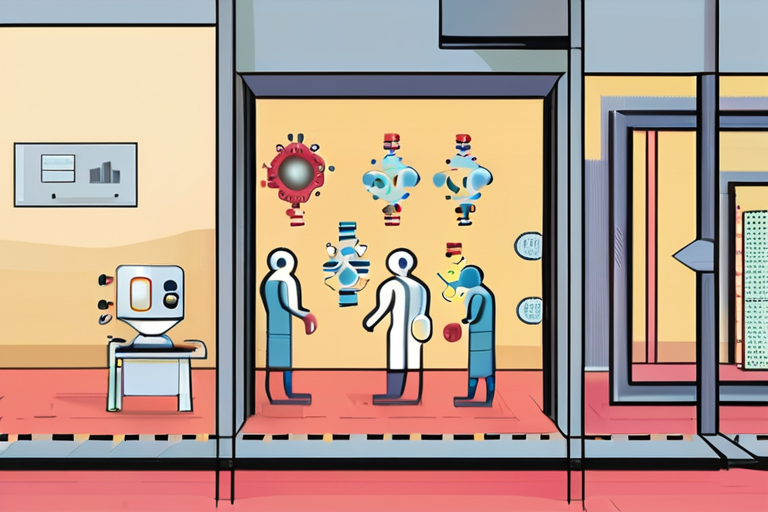
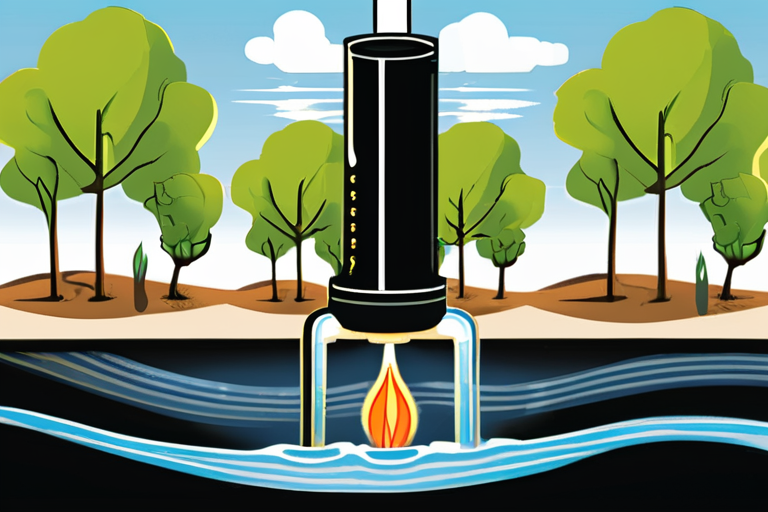
Share & Engage Share
Share this article